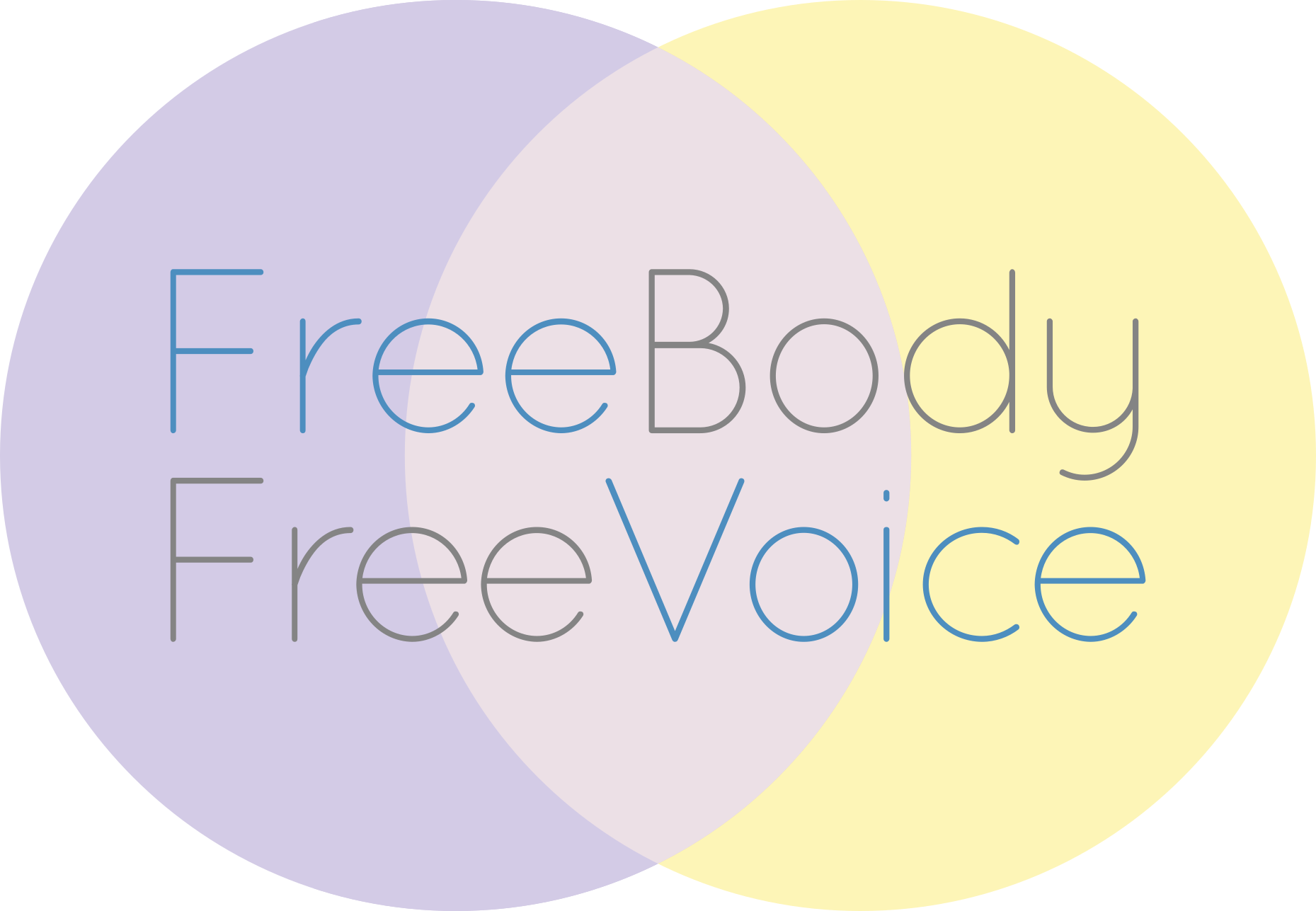The amazing new Ease-o-Matic Indicator!!!
In Alexander lessons, one of the functions I perform for my students is to help them monitor their state of ease as they do various activities. With a delicate contact of my hands on their head/neck area, I can amplify their own sensations of ease vs. non-ease, making it easier for them to track how successfully they are preventing interference with their natural coordination.
Without a teacher's help, it's easy to get sucked into the intricacies of the activity you're pursuing, totally forgetting about your ease in the process. This is one of the main ways we all get into trouble in our daily lives. Ignoring our state of ease makes it very easy (inevitable, really) for a state of relative non-ease to establish itself. We end up scrunching ourselves and tensing ourselves in myriad ways, often never realizing this until it gets bad enough to cause us pain.
My students have frequently remarked that they would love it if I would follow them around all the time to help them monitor their ease. (They are usually daunted by my fee schedule for around-the-clock Alexander service. I have yet to have a taker for this intensive program, which would allow me to fund weekly bodywork courses and frequent biking tours through French wine country.)
But now, for the first time, I present my new invention, the Ease-o-Matic® Indicator! (Drum roll, please.)Ta-da! Here it is (available in two stylish models as shown to complement any color scheme.):
OK, so I didn't actually invent this. It's my Chihuahuas, Willy and Freddy. But let me explain how they help me to monitor my state of ease.
A state of ease, in Alexander parlance, is called "good use." This is short for "good use of the self," which includes all kinds of things like good posture, efficient use of muscles, appropriate energy expenditures for the activity at hand, and clear thinking.
After watching four seasons of "The Dog Whisperer" on DVD (anyone know when Season 5 becomes available?), I am very familiar with the "calm assertive" state that Cesar Millan advocates that all pack leaders embody when interacting with their dogs. This state seems to correlate highly with aspects of good use that come about through the Alexander Technique: clear thinking, physical ease, a tendency to respond effectively to stimuli rather than reacting out of habit or emotion.
When I embody calm assertiveness, my pack (Freddy and Willy) are more likely to respond with the desired state of "calm submissiveness" described by Cesar. When I become tense or worried or angry or frustrated or in any other sense not calm assertive (poor use of myself), the dogs respond by becoming instantly fearful or dominant or (especially in Freddy's case) loud and reactive to all kinds of stimuli apparently intolerable to Chihuahuas, like children, bikes, buses, skaters, joggers, other dogs, cats, trucks, people who look at him, wheelchairs. . .I think you get the idea.
The dogs are amazingly sensitive to even slight changes in my state. They know I have become tense often before I realize it myself, and the warning goes off. It might be an audible bark or the signal may come in some other form like pulling on the leash or losing focus on the walk.
I have been experimenting with tuning in to the state of ease in my neck whenever the dogs' signals "go off" in one of these ways. Interestingly, when I notice how my ease has receded and invite it back, the dogs' behavior shifts immediately back into a calm submissive state. It seems indicative of how far we humans have strayed from our natural instincts that our furry friends notice how our state changes before we ourselves do.
The Alexander Technique has increased my sensitivity to changes in my own state of being. In many activities, I am able to monitor these changes myself quite effectively. In other, more challenging activities (like walking two high-spirited toy breed dogs), I am more likely to allow my focus on the activity to overwhelm my self-monitoring. I am learning to overcome this tendency, with the assistance of my two furry teachers.
Want some help learning to monitor YOUR use/state of ease/calm-assertiveness? Walk a dog today. . .or go for some Alexander lessons.

